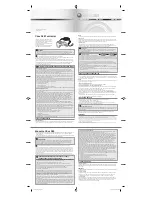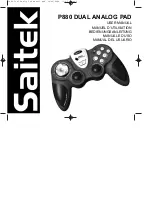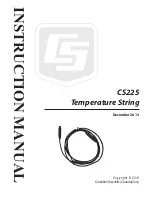
2-2
Cisco SFS 3504 Multifabric Server Switch Hardware Installation Guide
OL-14325-01
Chapter 2 Preparing to Install
Site Requirements
•
Electromagnetic and Radio Frequency Interference, page 2-3
•
Shock and Vibration, page 2-4
•
Power Source Interruptions, page 2-4
•
Preventing Electrostatic Discharge Damage, page 2-5
•
Air Flow, page 2-5
These sections describe some of the basic site requirements that you should be aware of as you prepare
to install your Cisco SFS 3504 Server Switch. Environmental factors can adversely affect the
performance and longevity of your system. Planning a proper location for the switch and layout of your
equipment rack or wiring closet is essential for successful system operation. You should install the
switch in an enclosed, secure area, ensuring that only qualified personnel have access to the switch and
control of the environment. Equipment that is placed too closely together or placed in inadequately
ventilated areas can cause system over temperature conditions leading to premature component failures.
In addition, poor equipment placement can make chassis panels inaccessible and difficult to maintain.
The switch requires a dry, clean, well-ventilated, and air-conditioned environment. To ensure normal
operation, maintain ambient airflow. If the airflow is blocked or restricted, or if the intake air is too
warm, an over temperature condition can occur. The switch environmental monitor can then shut down
the system to protect the system components.
Multiple switches can be rack-mounted with little or no clearance above and below the chassis. However,
when mounting a switch in a rack with other equipment, or when placing it on the floor near other
equipment, ensure that the exhaust from other equipment does not blow into the air intake vent of the
switch chassis.
Temperature
Temperature extremes can cause a system to operate at reduced efficiency and cause a variety of
problems, including premature aging and failure of chips and failure of mechanical devices. Extreme
temperature fluctuations can cause chips to become loose in their sockets. Ensure that the system is
operating in an environment that does not exceed the specifications in
Table A-1 on page A-1
. Ensure
that the chassis has adequate ventilation. Do not place the chassis within a closed-in wall unit or on top
of cloth, which can act as insulation. Do not place it where it will receive direct sunlight, particularly in
the afternoon. Do not place it next to a heat source of any kind, including heating vents during winter.
Adequate ventilation is particularly important at high altitudes. Make sure that all slots and openings on
the system remain unobstructed, especially the fan vent on the chassis. Clean the installation site at
regular intervals to avoid buildup of dust and debris, which can cause a system to overheat. If the system
has been exposed to abnormally cold temperatures, allow a two-hour warm-up period to bring it up to
normal operating temperature before turning it on. Failure to do so can damage internal components.
Humidity
High-humidity conditions can cause moisture migration and penetration into the system. This moisture
can cause corrosion of internal components and degradation of properties, such as electrical resistance,
thermal conductivity, physical strength, and size. Extreme moisture buildup inside the system can result
in electrical shorts, which can cause serious damage to the system. Ensure that the system is operating
in an environment that does not exceed the specifications in
Table A-1 on page A-1
.
Buildings in which
climate is controlled by air-conditioning in the warmer months and by heat during the colder months
usually maintain an acceptable level of humidity for system equipment. However, if a system is located
in an unusually humid location, a dehumidifier can be used to maintain the humidity within an
acceptable range.
















































